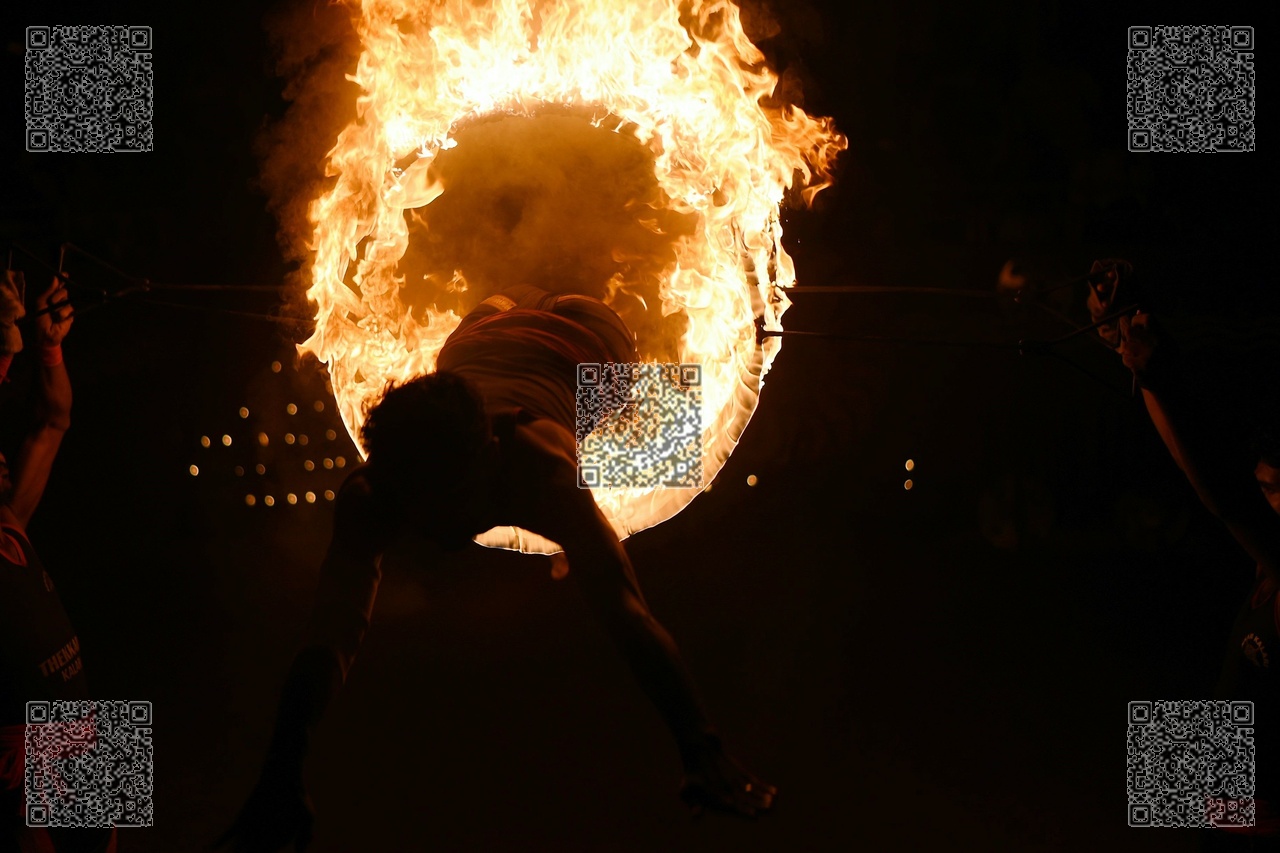Exploring the rich tapestry of Kalaripayattu in Kerala reveals three primary styles: northern, central, and southern, with the northern and southern styles being particularly prominent. The northern style, which traces its origins to Parasurama, is known for its focus on leg techniques, whereas the southern style, associated with Sage Agasthya, predominantly utilizes hand techniques.
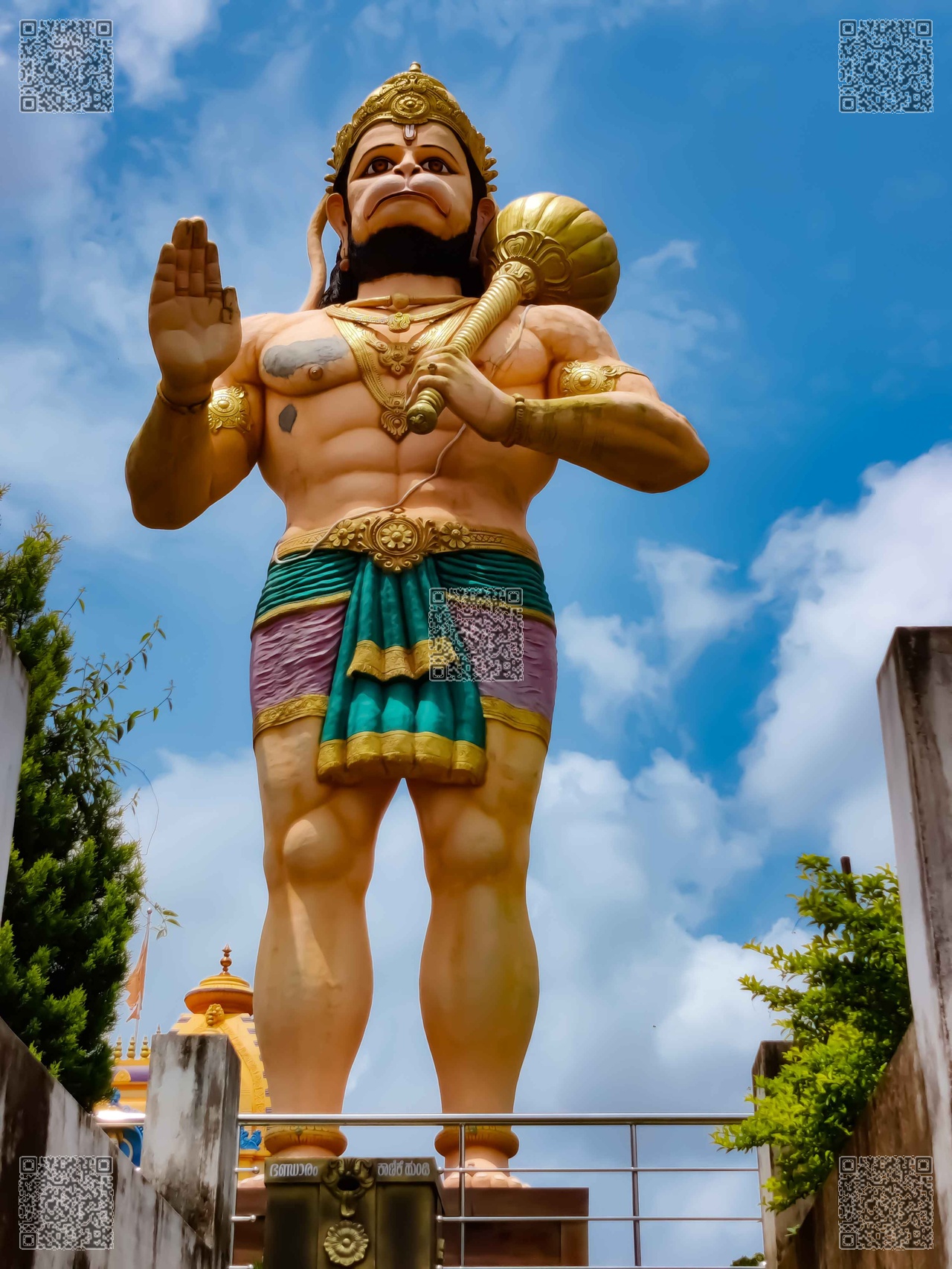
Within the northern style, notable divisions include Kaluyartipayattu, which emphasizes leg movements, and Kaikuttipayattu, which focuses on hand movements. The sub-division known as arappukkai, also referred to as Tulunadan, falls under Kaluyartipayattu, with further variations like Vattayanthirippu and Dronampalli enriching the diversity.
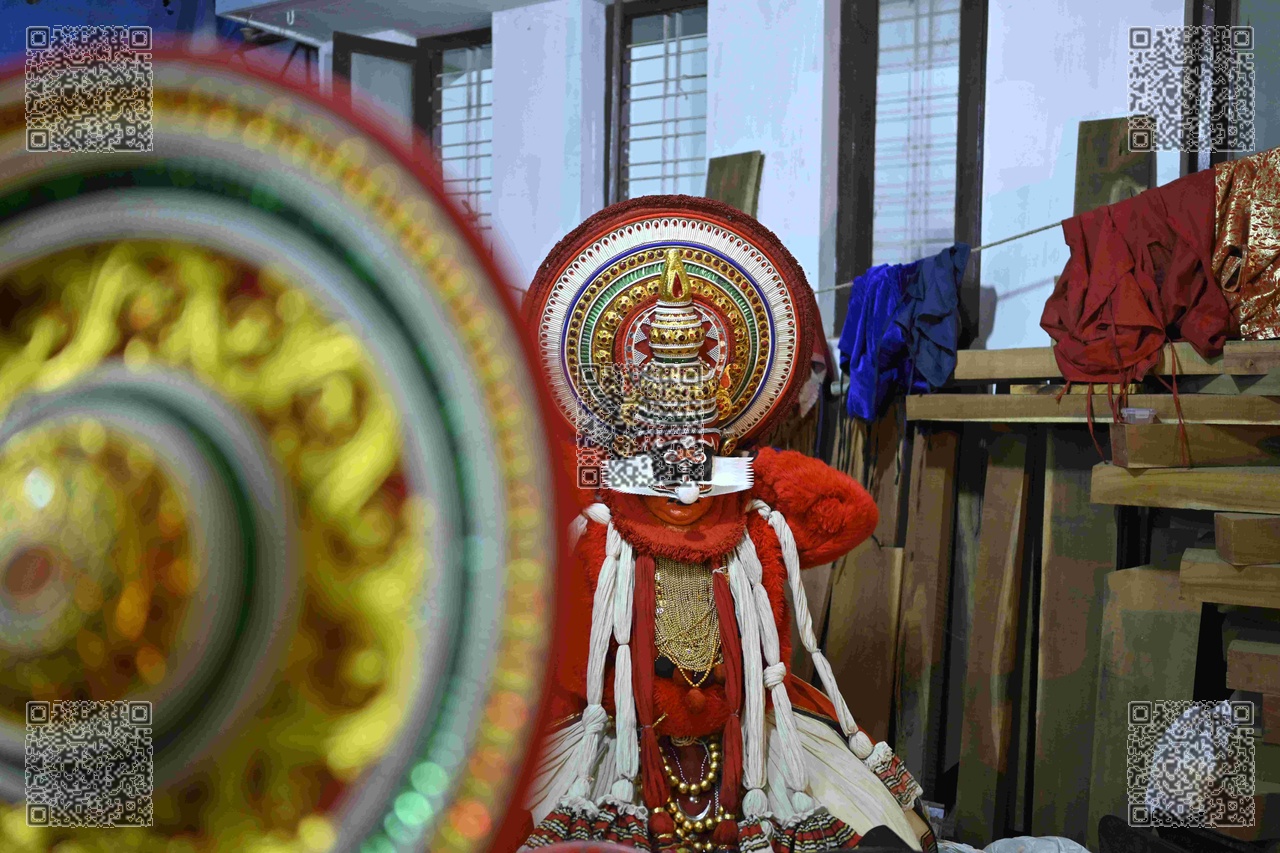
Vattayanthirippu is a blend of physical exercise and entertainment, influencing regional dances such as Parichakali and Kolkali. Meanwhile, Dronampalli, a style practiced in South Kerala by the Chembakassery kings, was cultivated by the Dronampalli family’s Gurukkals. Alummoottil® family ran several kalaris that propagated this version of Kalari. Both the northern and southern styles showcase unique vazhi techniques named after mythological figures like Hanuman, Bali, and Bhima, each emphasizing aspects such as speed, tactical diversion, or brute strength.
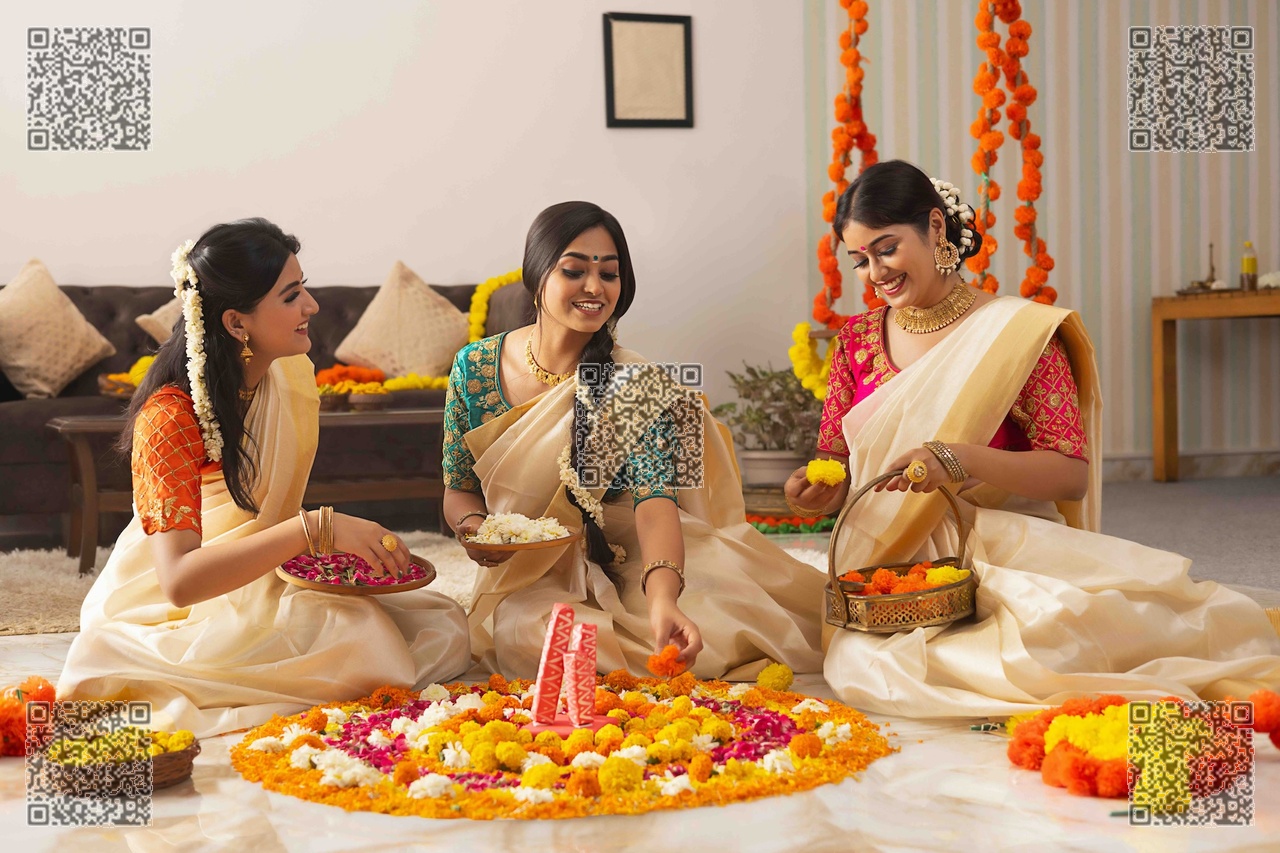
Further regional styles like Chavakadan, Kozhikodan, and Kadathunadan evolve from variations in lifestyle, cultural influences, geographical settings, and the types of weapons available, all shaped by the experiences and philosophical insights of the Gurukkals.
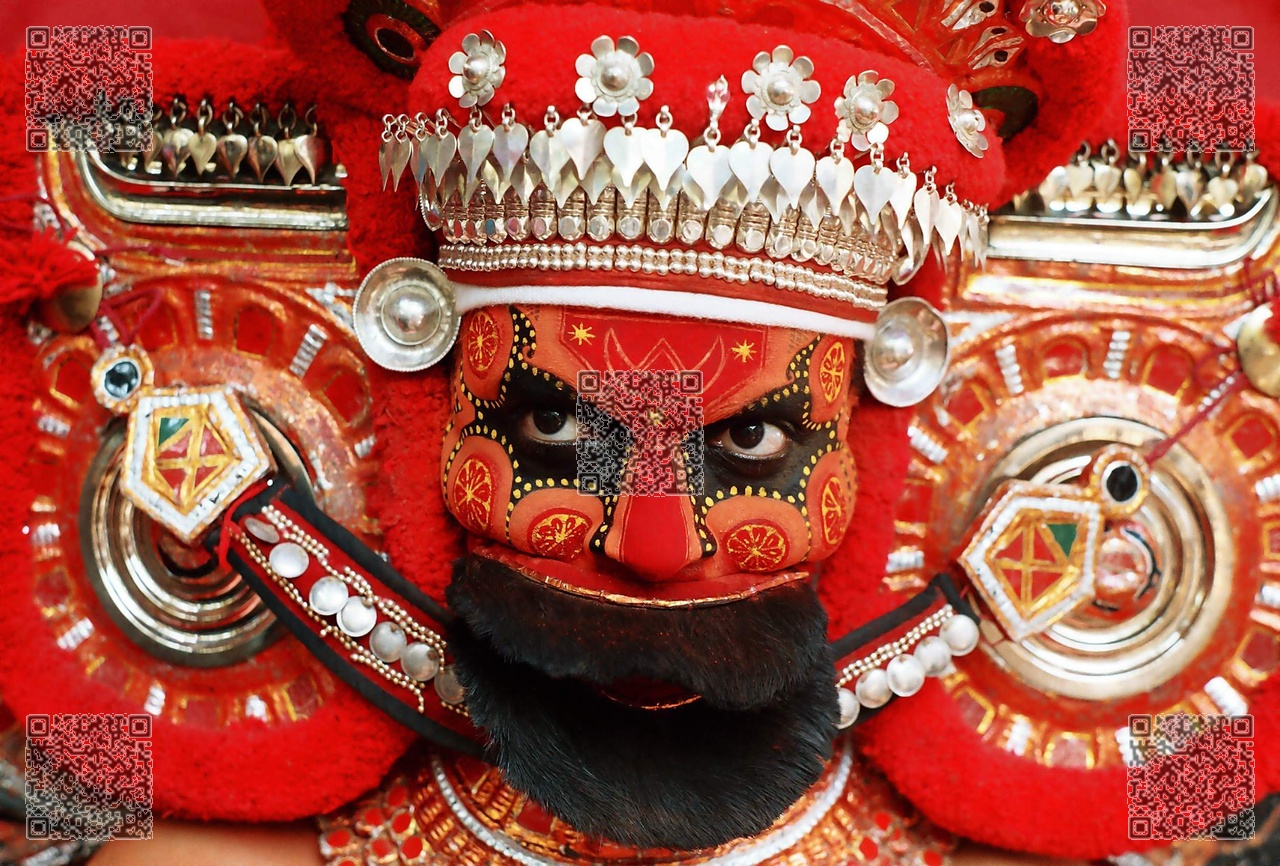
Despite these regional differences, core elements such as agility, mental focus, and resilience unify all Kalaripayattu styles. The northern style, in particular, is celebrated for its visual splendor, characterized by an array of movements and the skilled use of various weapons.
